Crime Laboratory
The St. Louis Metropolitan Police Department Crime Laboratory was established in 1935 and is now one of the premier laboratories in the state of Missouri. The new laboratory building, located at 1222 Clark Avenue, was built in 2005 and houses the Seized Drugs, Biology, DNA, Crime Scene, and Firearm sections. The Friction Ridge section is part of the laboratory but is located in police headquarters at 1915 Olive Street. The laboratory offers services for the below units.
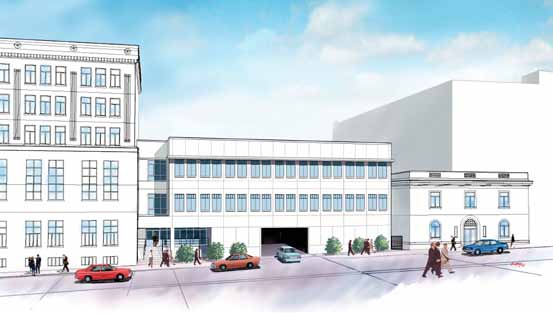
Mission Statement
The mission of the SLMPD Crime Laboratory is to provide quality scientific analysis, completed in a reasonable time frame, and subsequent expert testimony in a variety of criminal matters, for the investigative and adjudicative benefit of the criminal justice community.
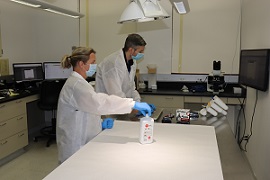
Biological Screening & DNA Analysis
The Biology/DNA section is responsible for examining evidence thought to contain bodily fluids or thought to have come in contact with an individual related to a crime, sampling or swabbing evidence, performing DNA analysis on these samples, reporting their findings and testifying in court. The Biology/DNA Section also maintains and administers the local Combined DNA Index System (CODIS) and provides assistance in criminal matters to outside agencies regarding forensic biological screening and/or forensic DNA analysis upon request and approval of laboratory management.
Seized Drug Analysis
The Drug Chemistry section evaluates and identifies physical evidence to determine if the evidence contains a controlled substance, reports their findings, and testifies in court. The analysts provide forensic chemistry services to the St. Louis Metropolitan Police Department employees, as well as outside agencies in the investigation of criminal cases upon the approval of laboratory management. They also assist in the adjudication of controlled substance cases in State and Federal Court.

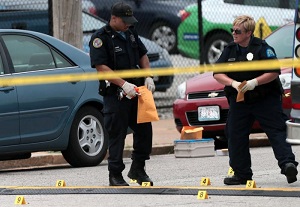
Crime Scene Analysis
The Evidence Technician Unit responds to requests for service 24 hours a day. The Unit also processes all major crime scenes to identify, preserve and collect physical evidence while taking photographs, searching for and lifting latent prints and collecting samples for DNA analysis.
Firearm Analysis
The Firearm Section examines firearm evidence to determine whether a specific bullet or firearm can be related to a particular crime. Examiners also test firearms for functionality and restore eradicated or altered serial numbers, report their findings, and testify in court. The Firearm Section instructs all employees of the Department in the proper methods of collecting, marking and preserving firearm evidence and provides firearm identification services for other law enforcement agencies in connection with the investigation of criminal cases upon the approval of laboratory management.
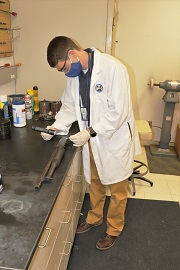

Friction Ridge Analysis
The Latent Print Section is responsible for processing evidence for latent fingerprints, utilizing the ACE-V methodology to analyze, compare, and evaluate latent print evidence, reporting their findings, and testifying in court. The section may assist outside agencies in the investigation of criminal cases upon the approval of laboratory management. The Tenprint Section is responsible for verifying the identity of arrested subjects as well as photographing and providing juvenile photo line-ups. The section is also responsible for fingerprinting deceased individuals at the Medical Examiner’s Office and providing a scientific identification. They also maintain the local fingerprint cards of department employees and adult and juvenile criminals.
Quality Assurance
The Quality Assurance Manager is responsible for administering activities required to implement and maintain
a quality management system that complies with the International Standards for testing laboratories. These activities include comprehensive staff training and continuing education programs, casework reviews, proficiency testing, corrective and preventive action programs, document review and control, audits, method and equipment validations and courtroom testimony monitoring. The laboratory maintains accreditation with ISO/IEC 17025:2017, the ANAB Accreditation Requirements 3125:2023, and the FBI Quality Assurance Standards for Forensic DNA Testing Laboratories: 2020 by the ANSI National Accreditation Board (ANAB) in the field of Forensic Testing.
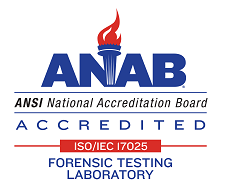
LIMS Administration
The LIMS administrator works to maintain, secure and correct data in the Laboratory Information Management System (LIMS). This data includes, but is not limited to, case information, technical records, communications with customers and official laboratory reports. The LIMS administrator also maintains the I-Results report distribution website.
